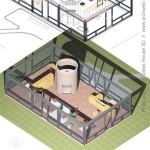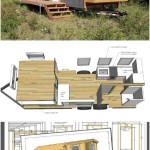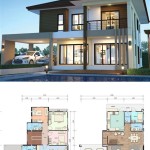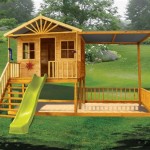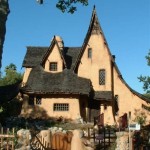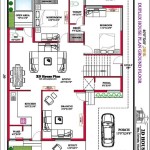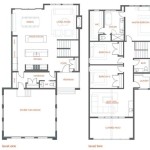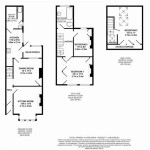Cob houses, constructed from a mixture of clay, sand, straw, and water, have been a part of the architectural landscape for centuries. Known for their sustainability, affordability, and thermal efficiency, cob houses offer unique living spaces. Exploring floor plans for cob houses reveals a range of possibilities that cater to various needs and preferences.
Open and Fluid Layouts:
Cob houses often showcase open and fluid layouts, promoting a sense of spaciousness and interconnectedness. Living areas, dining spaces, and kitchens flow seamlessly into each other, facilitating social interactions and a sense of community.Creative Use of Curves:
Curves and round shapes are frequently used in cob house floor plans. These organic forms create a cozy and inviting ambiance, while also lending a touch of artistic charm.Integration of Natural Elements:
Many cob house floor plans incorporate natural elements, such as skylights, courtyards, and gardens, fostering a connection with the outdoors. These elements bring in ample natural light, enhance ventilation, and create a harmonious living environment.Multi-Level Designs:
Some cob house floor plans feature multi-level designs, with spaces cascading over different levels. These layouts add depth and visual interest, while also maximizing space utilization.Options for One-Story and Two-Story Homes:
Floor plans for cob houses can accommodate both one-story and two-story homes. One-story layouts provide easy accessibility and seamless movement throughout the house, while two-story designs offer a division between private and public spaces.Compact and Sustainable Designs:
Increasingly, cob house floor plans emphasize sustainability and compact living. These designs utilize space efficiently, minimizing the overall footprint of the house while still providing comfortable living arrangements.Variations in Roof Designs:
Cob house floor plans often include various roof designs, adding to the architectural diversity. Pitched roofs, arched roofs, and domed roofs are commonly used, each contributing a unique aesthetic and functional element.Flexibility in Room Configurations:
The flexible nature of cob as a building material allows for customization and adaptability in room configurations. Spaces can be easily modified to suit changing needs, making cob houses suitable for growing families or evolving lifestyles.Unique and Personalized Designs:
Cob houses offer endless possibilities for unique and personalized designs. The natural material and the handcrafted nature of cob construction allow homeowners to express their creativity and create spaces that reflect their individual style and preferences. When considering cob house floor plans, it's important to consult with experienced builders and architects who specialize in this construction method. They can provide valuable insights, ensuring that the design aligns with your vision and utilizes the unique characteristics of cob as a sustainable and beautiful building material.
Cob House Floor Plans For The Home

Cob House Plan Inspiration Plans Cottage Floor

Big Cob House Bing Images Plans Floor

English Earthbag Cottage Plan Cob House Plans Round

Cob House Plans Floor

Round Cob House Design Ideas Pictures 64 Sqm Homestyler

Tiny Cob House Plans The Freeman This

Solaripedia Green Architecture Building Projects In
Cob House 8 Buildings Design Ideas Plus Cost Estimates How To Build Architecture

You Can Build This Cob House For 3000 The Year Of Mud

